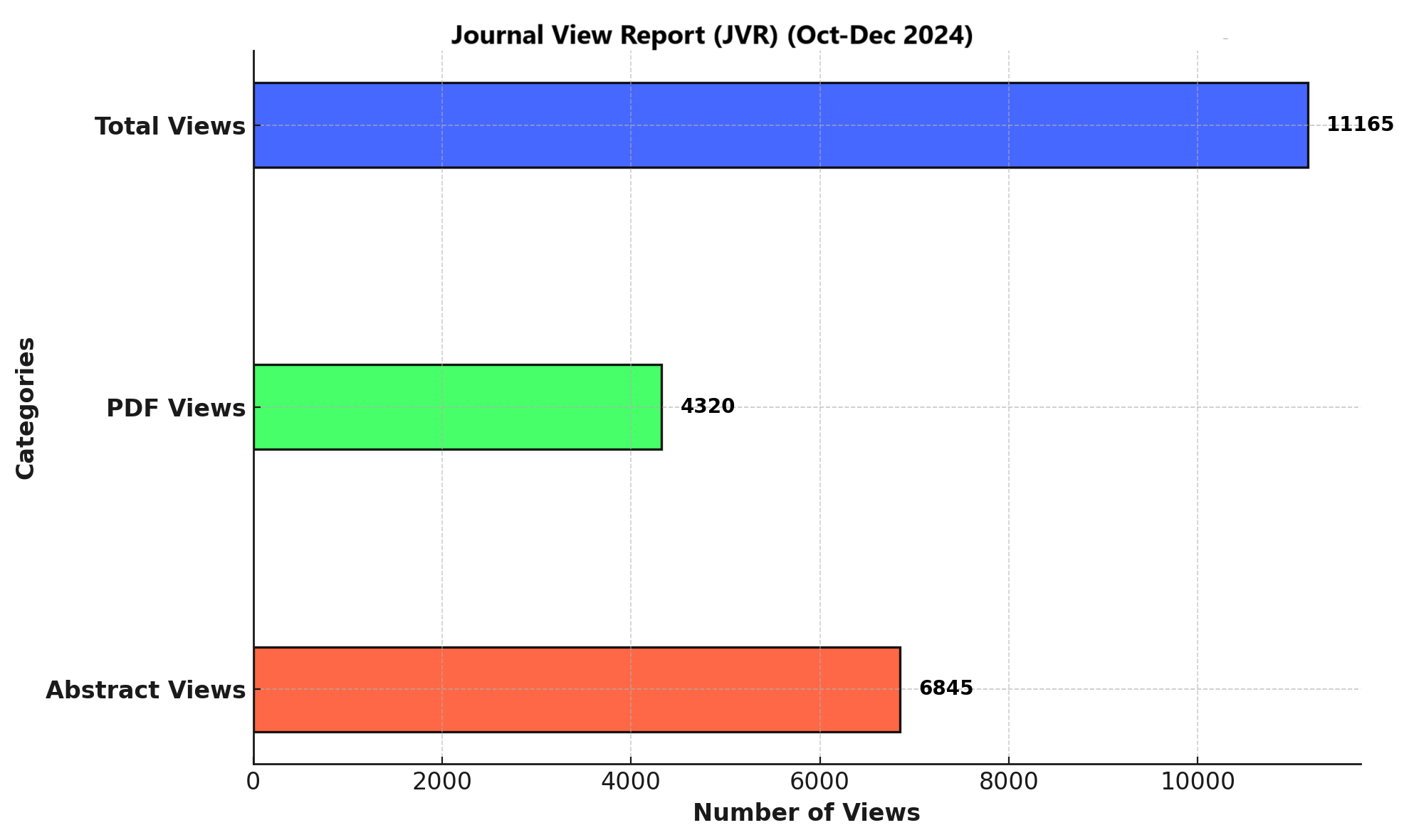ASSESSMENT AND TREATMENT STRATEGIES FOR PERI-IMPLANT MUCOSITIS AND PERI-IMPLANTITIS
DOI:
https://doi.org/10.71000/cghg8156Keywords:
Anti-Infective Agents, Dental Implants, Disease Management, Inflammation, Mucositis, Peri-Implantitis, Treatment OutcomeAbstract
Background: Peri-implant mucositis and peri-implantitis are common inflammatory conditions affecting the tissues surrounding dental implants. Peri-implant mucositis involves inflammation confined to the soft tissues, while peri-implantitis leads to both soft tissue inflammation and progressive bone loss. The increasing prevalence of these conditions presents significant challenges in restorative dentistry, necessitating effective management strategies to preserve implant health and longevity. Early diagnosis and tailored treatment plans are critical to mitigating disease progression and maintaining optimal clinical outcomes.
Objective: This study aimed to evaluate the efficacy of various non-surgical and surgical treatments for peri-implant mucositis and peri-implantitis, focusing on clinical outcomes such as probing depth (PD) and bleeding on probing (BoP). Additionally, the study sought to provide evidence-based recommendations for optimal dental practices.
Methods: The study reviewed data from recent clinical trials and comparative studies examining the outcomes of mechanical debridement, adjunctive antimicrobial therapies, and surgical interventions such as implantoplasty and guided bone regeneration (GBR). Treatment effectiveness was assessed based on reductions in PD and BoP over follow-up periods ranging from 3 to 12 months. Success rates and recurrence rates were also analyzed to determine the long-term stability of different approaches.
Results: Non-surgical treatments achieved significant improvements, with mechanical debridement combined with chlorhexidine reducing PD from 4.0 mm to 2.8 mm and decreasing BoP by 57% within 6 months. Diode laser therapy showed smaller PD reductions (3.6 mm to 3.0 mm) but a 62% BoP improvement over 3 months. Surgical interventions demonstrated superior outcomes, with implantoplasty and GBR reducing PD by 2.5 mm (5.5 mm to 3.0 mm) and decreasing BoP by 75% (80% to 20%) over 12 months. Recurrence rates were lower for surgical treatments (10% over 2 years) compared to non-surgical methods (25-35% within 1-2 years).
Conclusion: Individualized treatment plans are essential for managing peri-implant conditions effectively. Non-surgical therapies are effective for early-stage disease, while surgical interventions are necessary for advanced cases. Long-term success depends on integrating these approaches with regular follow-up care and patient education. A comprehensive, evidence-based strategy is critical for optimizing patient outcomes and ensuring implant longevity.
Downloads
Published
Issue
Section
License
Copyright (c) 2024 Adnan Saeed Siddiqui, Abidullah, Muhammad Haroon, Abid Rahim (Author)

This work is licensed under a Creative Commons Attribution-NonCommercial-NoDerivatives 4.0 International License.







